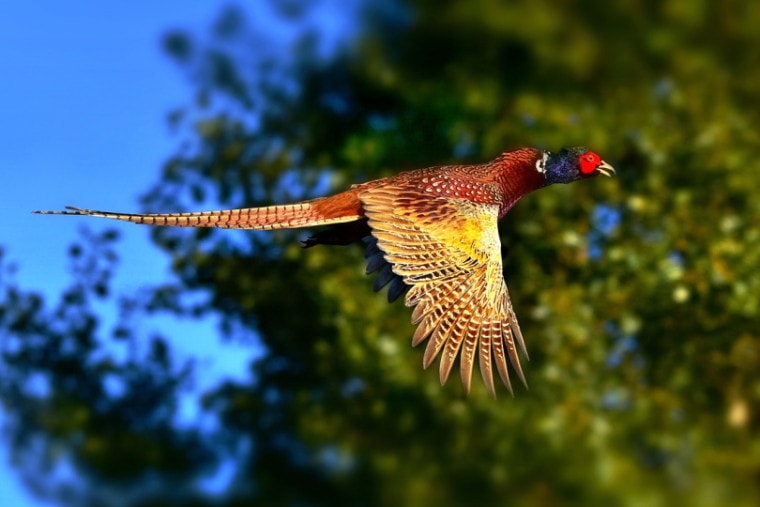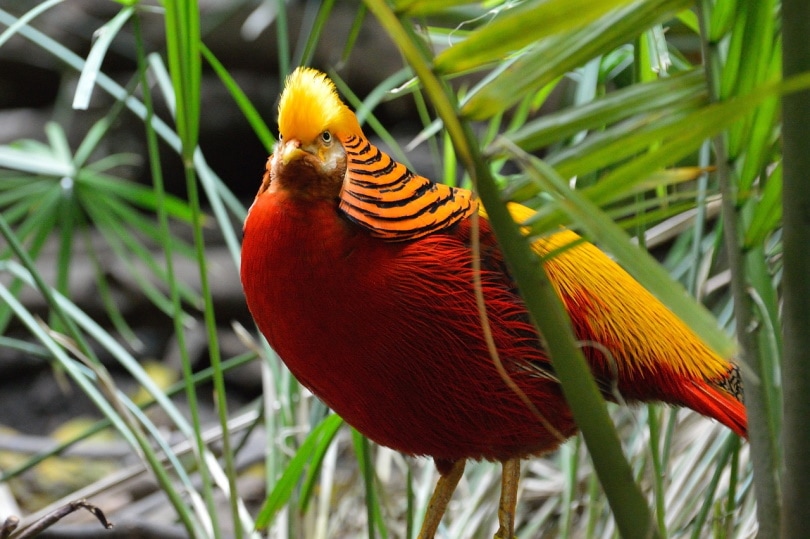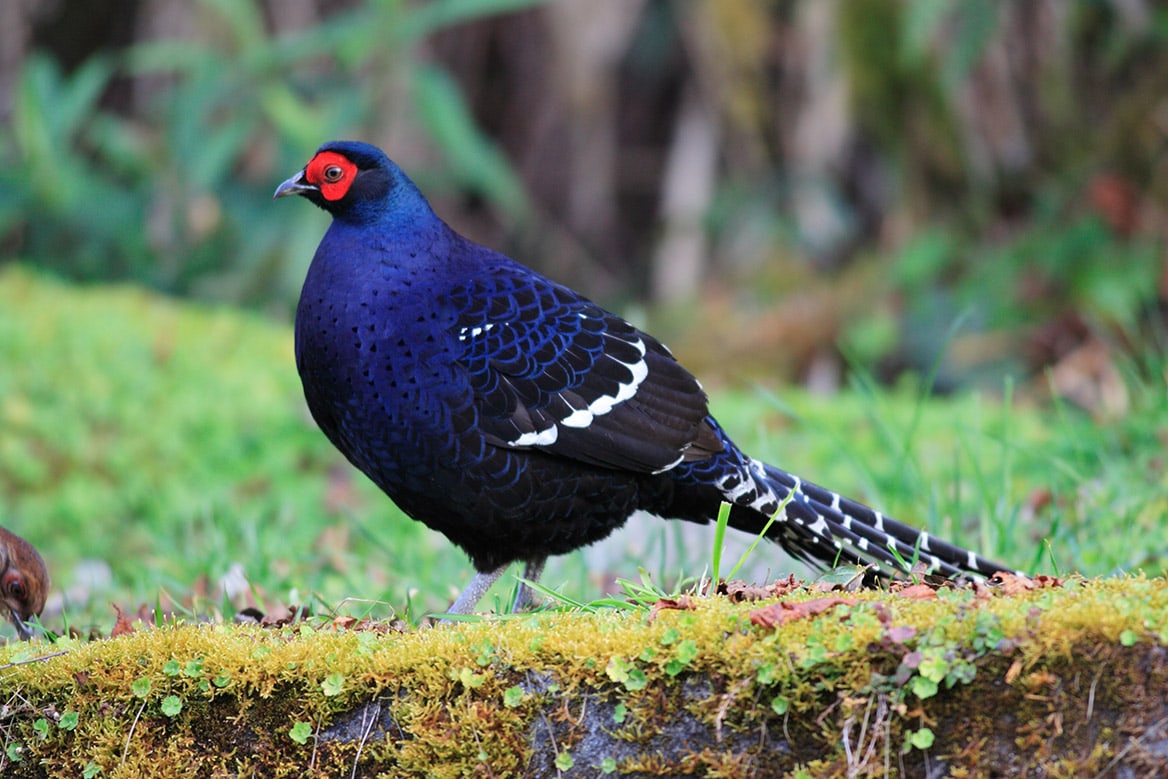
Pheasants are a rare sight on most farms, homesteads, and even in the wild. This can make some of their behaviors mysterious to the average person. One of the most common questions that seems to arise about pheasants is whether or not they mate for life. Pheasants do not mate for life. Here’s what you need to know about the mating habits of pheasants.
Do Pheasants Mate for Life?
Pheasants do not mate for life. They typically mate along polygamous lines, with a single male pheasant keeping a harem of hens. These females are each monogamous with the male, while the male will mate with all of the females in the harem. The monogamous commitment of the females to the male doesn’t necessarily carry over to each new breeding season, though. Females will often choose a dominant male to mate with and continue to mate with him throughout the breeding season. Next breeding season, the same male may no longer be the dominant male.

What Determines the Dominance of a Male Pheasant?
There are multiple characteristics that may attract a female pheasant to a male for mating. The main thing females look for is the ability of the male to protect the female and the harem as a whole. Larger, flashier, and more aggressive males are more likely to be perceived as dominant and earn mating rights than other males. Near the beginning of the breeding season, male pheasants will begin strutting their stuff to attract females. They will compete with each other through a series of vocalizations and will resort to physical fights if necessary.
Another consideration that females may instinctually have regarding dominant male pheasants is their virility or ability to produce young. If a female has mated with a male pheasant but something interfered with the fertilization of the eggs, the female may seek out a different male to mate with for the season. This is not a guarantee, but it’s a behavior that is seen on occasion.

How Many Breeding Seasons Do Pleasants Have Per Year?
Pheasants have one breeding season every year. Their breeding season lasts from April to June every year. Over a period of 2–3 weeks, a single female pheasant will lay up to a dozen eggs. The incubation period for these eggs is around 23 days, after which the eggs will hatch and the female will care for the young. Male pheasants rarely provide care to chicks, although they are still likely to protect their territory if a predator or another male enters it.
Conclusion
Once a male has successfully attracted a female pheasant, they will breed and she will likely stay a member of his harem in his territory throughout the season. A male provides protection to his harem and the territory in general, while the females take on the role of preparing the nest, caring for the eggs, and caring for the chicks until they are old enough to fend for themselves. The mating behaviors of pheasants can be interesting to witness, especially when you have the opportunity to see males strutting their stuff to attract the best females in the area.
- Related Read: Ring-Necked Pheasant (Common Pheasant)
Featured Image Credit: MabelAmber, Pixabay







